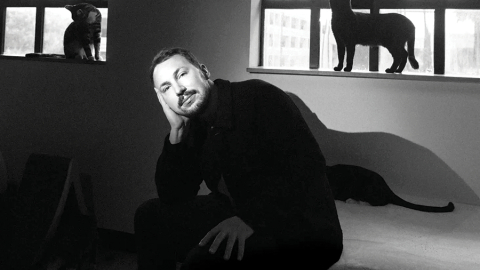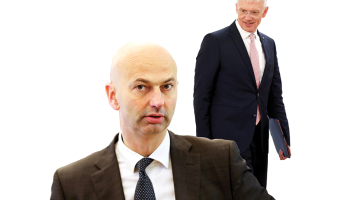
Foto: pixabay.com
Remember 2005? The Latvian economy started to overheat with high growth rates, ultra-low unemployment, runaway wage growth and high inflation; all fuelled by a massive credit boom that ended in a huge bust.
A mini-2005 or "2005-light", if you will, seems underway. Better try to control it this time instead of inflating it as was done then with recklessly loose fiscal policy.
The EU seems finally to be growing steadily again after the financial crisis, see Figure 1. 2.3% growth (2nd quarter 2017) may not sound like much but it is the highest for six years.
Figure 1: Annual growth rates in EU28, 2007 Q1 - 2017 Q2
Source: Eurostat
And for an open economy like Latvia's, this is good for exports and for growth, see Figure 2.
Figure 2: Annual growth rates in Latvia, quarterly data, 2000 Q1 - 2017 Q1















